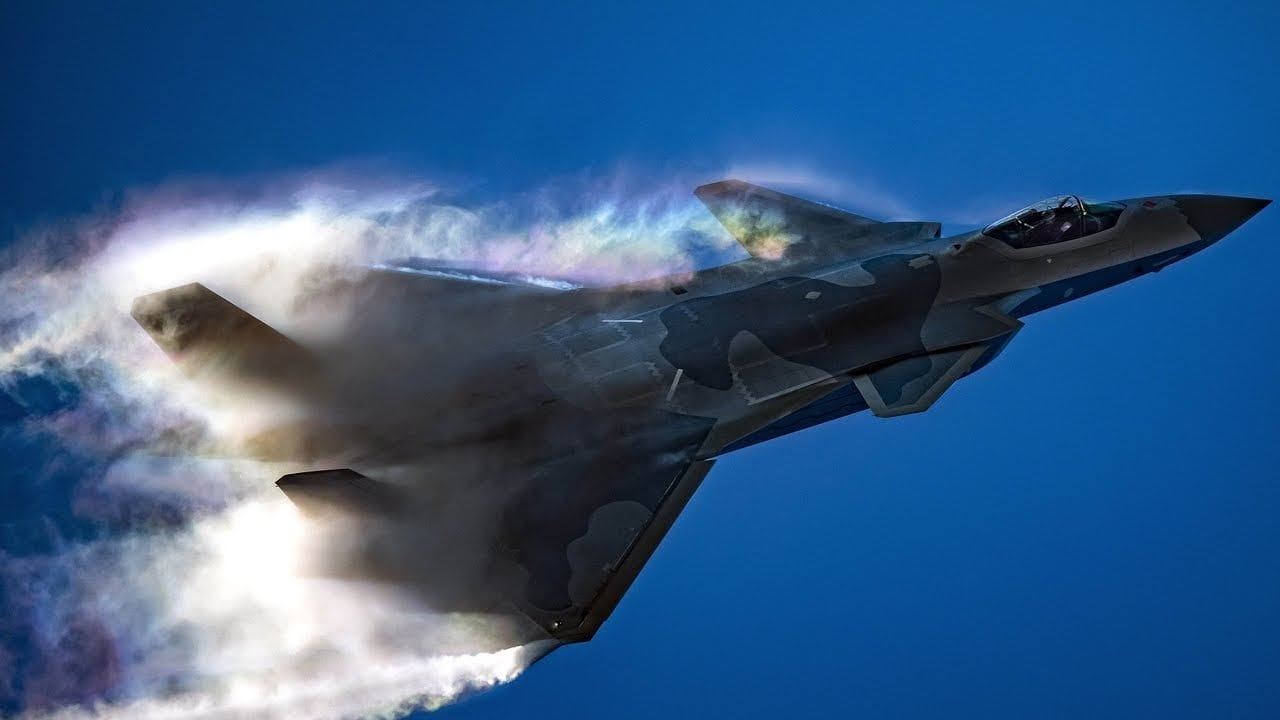Even as Beijing has accused Washington of an unnecessary provocation by sending U.S. Navy warships to the South China Sea, the Chinese military has continued to rattle sabers by increasing its presence off the coast of Taiwan.
To Chinese leaders, there is a significant difference, however. Despite the fact that Taiwan is a democracy of almost 24 million people and has been governed separately for more than seven decades, Beijing maintains that Taiwan is a breakaway province that will be returned to mainland control, by force if necessary.
The potential force was on full display on Tuesday when the People’s Liberation Army Air Force (PLAAF) sent a record twenty-eight military aircraft, including nuclear-capable bombers and J-16 fighters, into Taiwan’s air defense identification zone (ADIZ) on Tuesday. It was the largest recent show of Chinese military force in the region and topped the twenty-five warplanes that were sent into the airspace on April 12 of this year. Last year, China also sent its prized J-20 stealth fighter near Taiwan as well.
The ADIZ is a self-declared area of airspace that surrounds a country or territory, including both land and water, in which the identification and control of civil aircraft are performed in the interest of national security. However, the concept of ADIZ, which was established during the Korean War, is not defined in any international treaty and is therefore not regulated by any international body.
Such zones generally only cover undisputed territory and are thus not the same as flight information regions (FIRs), which are used to manage air traffic. However, even as there is no basis in international law, breaching another territory’s zone is seen as an act of aggression.
Aggressive Reactions
Maps shared by Taiwan’s Defense Ministry on social media showed the flight path of the Chinese aircraft, and in a statement, Taipei announced that it had scrambled its own planes, deployed missile defense systems, and also issued radio warnings to the Chinese pilots.
While the Chinese did not offer any immediate statement regarding its recent actions, it has typically described such flights as routine. It has conducted large sorties of aircraft following actions by Taiwan or the United States that Beijing has disapproved of – and in this case, it could have been concerns expressed by NATO leaders about China as a growing security threat.
Moreover, a day earlier the leaders of the Group of Seven (G7) nations meeting in Europe had pledged to work together against China’s “non-market” economic policies, while Beijing was also directly criticized over its human rights abuses.
China’s foreign ministry had been quick to decried both statements.
Beijing Sending a Message
The flight of the twenty-aircraft may have served to send a strong message. According to a report from CNN, analysts have suggested that Tuesday’s sortie may have demonstrated the strength of China’s military to a domestic audience while it also provided the People’s Liberation Army (PLA) with additional intelligence and even skills in a potential conflict with Taiwan.
The flights also followed the June 6 arrival of a U.S. Senate delegation on a U.S. Air Force C-17 transport in Taipei. The Chinese Communist Party had condemned the trip involving a military aircraft as an underhanded military aid drop, but Washington has responded that the purpose of the delegation’s arrival was to bring Covid-19 vaccines and other medical supplies to the island nation.
The United States does not formally recognize Taiwan as an independent government, yet the Taiwan Relations Act requires the United States military to provide Taipei with the means to defend itself in case of an attack.
Peter Suciu is a Michigan-based writer who has contributed to more than four dozen magazines, newspapers and websites. He regularly writes about military small arms, and is the author of several books on military headgear including A Gallery of Military Headdress, which is available on Amazon.com.

